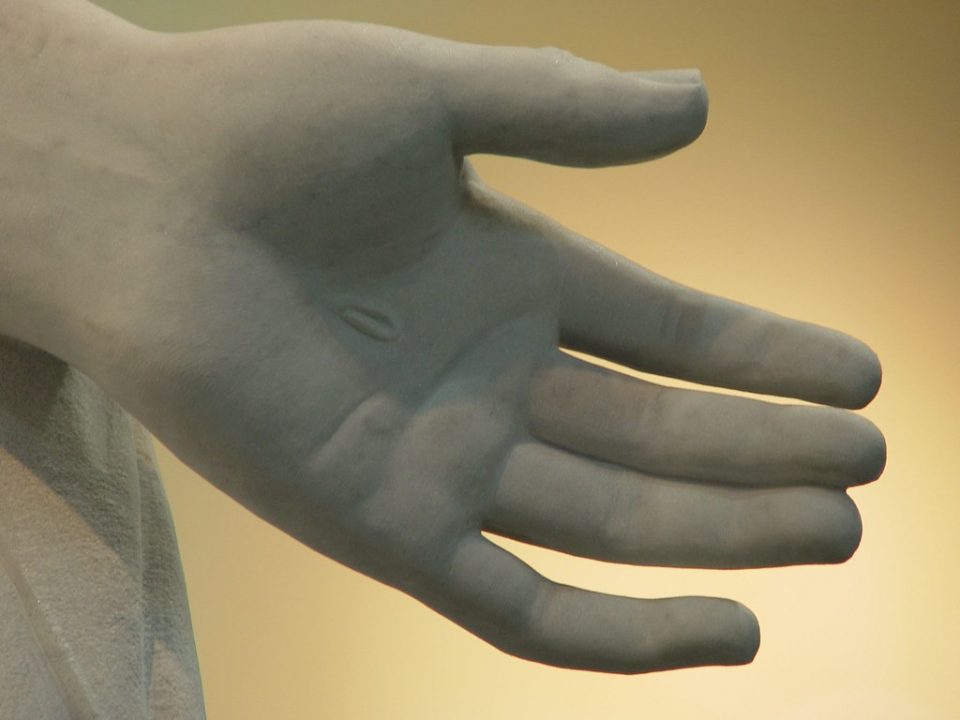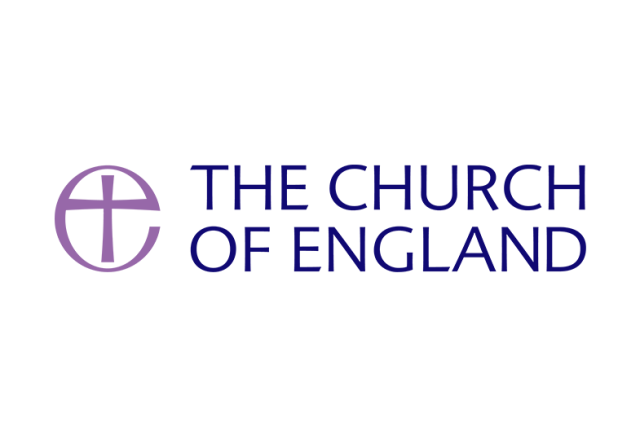
Queer Deaths and Queer Resurrections
June 7, 2025
Hope and Heartsickness
August 8, 2025By Anne Richards
Turn on the TV these days and you will doubtless come across an advertisement for Direct Cremation. Grey-haired but lively actors discuss the importance of choosing a direct cremation after their death in a way which gives their mourning loved ones nothing to do and so avoids all the ‘fuss’, ‘hassle’ and ‘upset’ of a ‘traditional’ funeral. By which they mean a service of some kind, at which the family gathers to take leave of the person’s body and say goodbye. The adverts stress the importance of affordability and the relative cheapness of direct cremation, because it cuts out the service, the hearse, the minister, and all the trappings of a religious (or non-religious) ceremony or rite of passage. Who needs a financial burden on top of all the grief anyway?
Life is for the living, say the adverts. Best to pay for the direct cremation in advance and get it all out of the way. When death occurs, there is nothing for the family to do except contact the provider and the body gets taken away and dealt with. The family can have a party or get together in their own time and their own way. Choice is everything.
Such adverts challenge the Church to examine our own practices and why we offer the ‘traditional funeral’. Because there is no doubt, direct cremations are cheaper, and even well-known firms of undertakers are offering these alongside all the usual options.
But there are some significant questions around direct cremation and other ‘no frills’ services. One is about how we think about the dead body. We live in a modern western society in which, unlike in many other parts of the world, death is hidden, and bodies are removed from sight. Many people have never seen a dead body in reality, just the sanitized versions all over our popular culture in crime and action dramas and pathology programmes like Silent Witness.
Deaths occurring within families, where the body is kept at home for people to visit, care for, and mourn, is no longer a typical event. Yet the last acts of love a person can perform for a loved one have always had significance, along with, for example, the visit of a minister to pray, anoint or perform rites. This interaction between living and dead within the Christian context has seen the dead body as a sacred object, which provides a visible reminder of the Christian hope of resurrection to eternal life with Christ. In order to enter into this promise, we must die and our dead bodies must decay and return to the earth, as all God’s creatures do and must. Our dead bodies are witnesses to this truth.
Direct cremation interrupts both this sacred understanding of the dead body and the sense that it has deep and powerful spiritual value. Whether offered overtly or not, such a no-fuss service undermines the sense that a dead body is worthy of respect, care, dignity and love. Why spend money on something worthless? The argument for direct cremation inevitably comes with a focus on easy disposal of something that does not need so much attention and ceremony because, well, it’s dead and gone. Life is for the living…
Looking to the future, we can see new technologies which buy into this sense that the dead body is insignificant in living people’s journey of grief. Just as direct cremations leave the families to get on with grieving in their own way, so the ‘grief tech’ of the future may be configured to ‘manage’ grief by distracting from the messy matters of human death and dead bodies. Some forms of grief tech already exist, with online provision of practical advice, emotional support, and useful contacts so that you do not feel alone. There are also sites for children and teenagers struggling with loss of loved ones.
But we are already seeing the possibilities of grief bots, avatars, AI companions and re-creation of dead people, through access to the vast digital legacy we may create whilst alive. It is possible that the grief tech of the future will allow you to re-create your loved one digitally, talk to and hold conversations with them, ask their advice, or watch them grow and evolve as you get older.
There are all kinds of spiritual, pastoral, and ethical things to think about here. Not only does such tech make the dead body irrelevant, it puts the focus of learning to live with loss onto a relationship with technology. Significant questions arise. What if you could have a realistic avatar of your loved person? Would it be right for it to make decisions? What if you wanted to move on, perhaps to another relationship, and were faced with deleting the avatar? What if companies required money to keep your avatar ‘alive’? What if the grief tech were hacked and you were faced with cybercrime or ransomware? What if an avatar were created by an abuser so that the abuse could continue after death?
So, there are all kinds of challenges facing the Church as such innovations emerge. Can we offer more affordable funerals to people who are worried about the costs? Can we help people understand the value of the dead body to grief journeys and to faith, where the value is being subtly undermined? Do we have to focus more on what could happen to ashes after a direct cremation? Do we have to educate ourselves and others more about the generation and use of data, and our digital legacy and footprint? And do we have to journey more meaningfully alongside younger people as they grow up in a world of virtual reality, avatar creation, re-imagining and remaking the human body as a series of possibilities. Where does our understanding of rites of passage and saying goodbye fit into this welter of choice?
And finally, does grief extend into the digital world? Will avatars and grief companions also need pastoral care? Might these virtual creations be people too? The philosophical dimensions have yet to be fully explored.
Anne Richards is Public Policy Adviser to the Church of England, and Convenor of the Mission Theology Apologetics Group.
The themes in this blog are explored in more depth in two webinars which can be accessed here and here jointly organised by Churches Together in Britain and Ireland, and the Mission Theology Apologetics Group. The speaker is Anne Richards and the sessions were chaired by Peter Colwell and Alison Webster.





3 Comments
I have found during my years of ordained ministry that to be asked to take a funeral is one of the greatest privileges afforded to my vocation, which is not to say that a lay person is not as qualified, or perhaps more qualified, than I am to perform this profoundly moving rite of passage. But saying the preliminary words, as I enter the church with the coffin, words that begin with ‘I am the Resurrection and the Life’, is something that touches me at a profound level. They are a kind of consecration. I think that from the moment those words are said, loudly so that everyone can hear them, the idea of the sacred enters into the event. The funeral becomes a hallowing of the body, as well as bringing the person who has died formally into the company of the blessed. The congregation bears witness to this solemn moment of transition, as together we mark a person’s coming before the throne of God, not in some crude understanding of judgement, still less of condemnation, but of presenting them in all their goodness (everyone has some goodness to be remembered for and celebrated) before the Throne of the Most High. It is an awesome privilege to officiate and preach at these events and, I believe, an essential part of grieving.
[…] Anne Richards Modern Church The Death of Us […]
[…] spiritual value,” wrote Ann Richards, the general policy advisor of the England Church. In June. “Whether it is provided publicly or not, this service that does not aim to undermine the […]